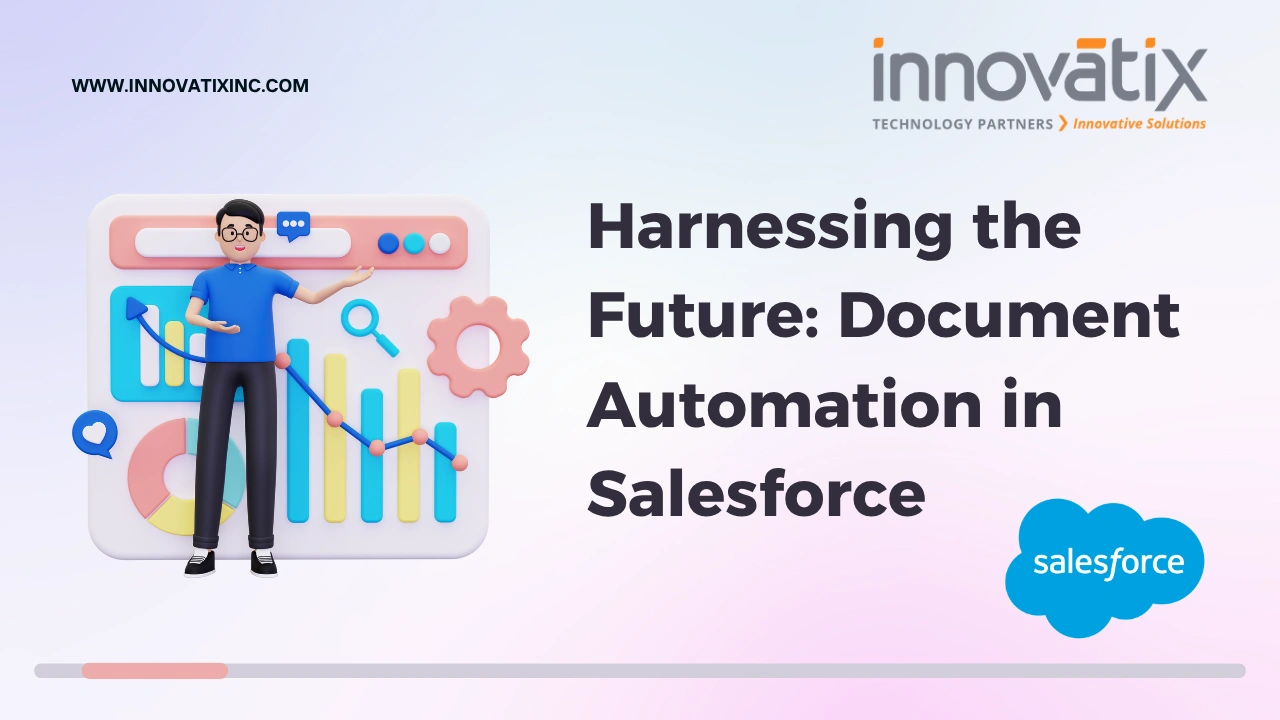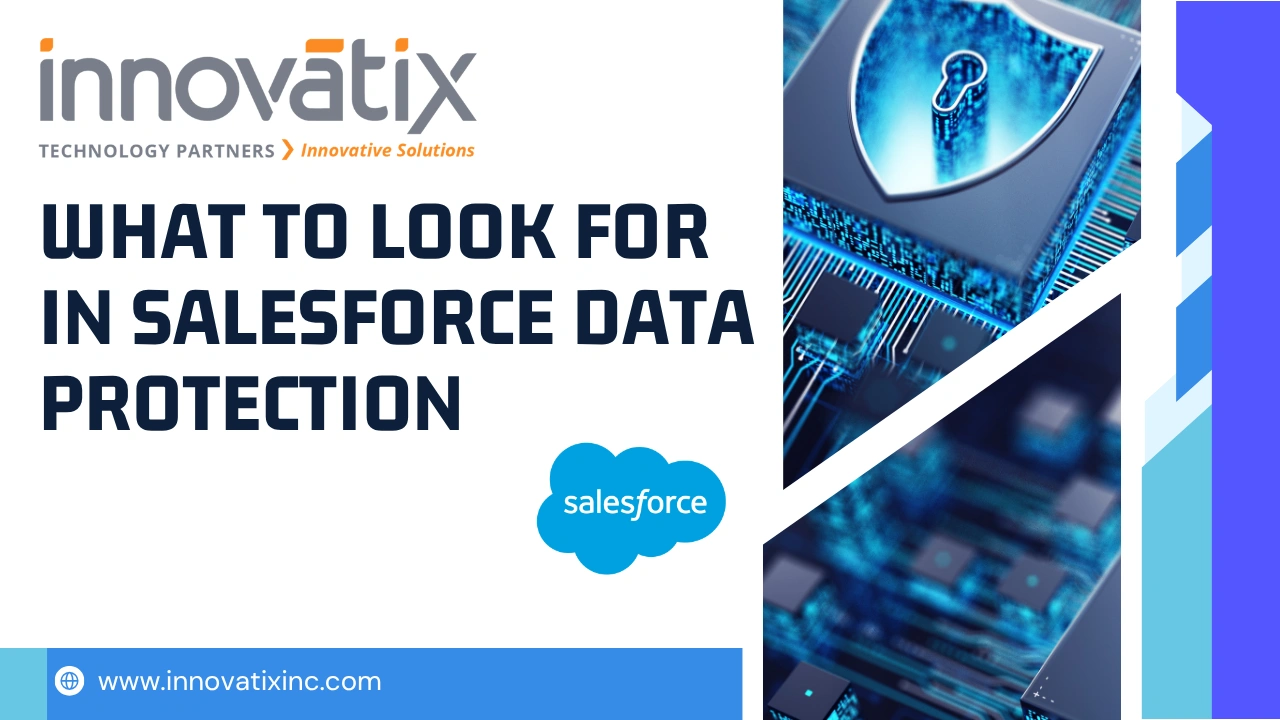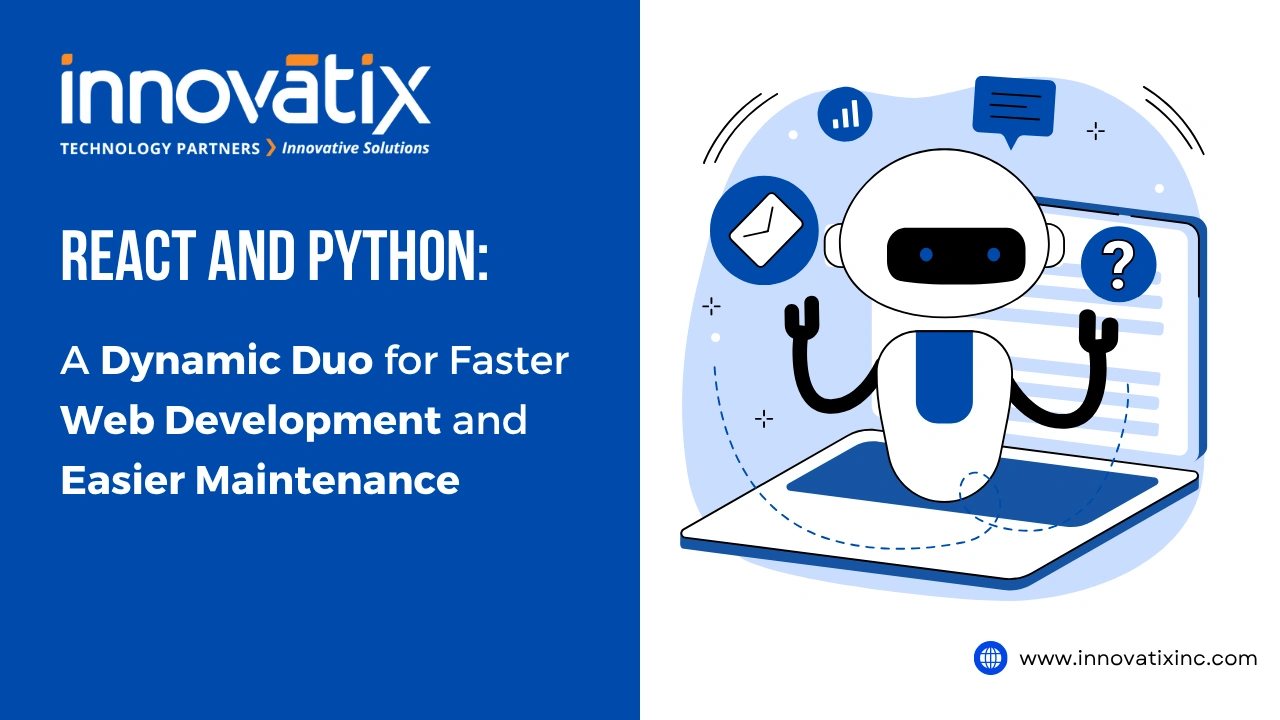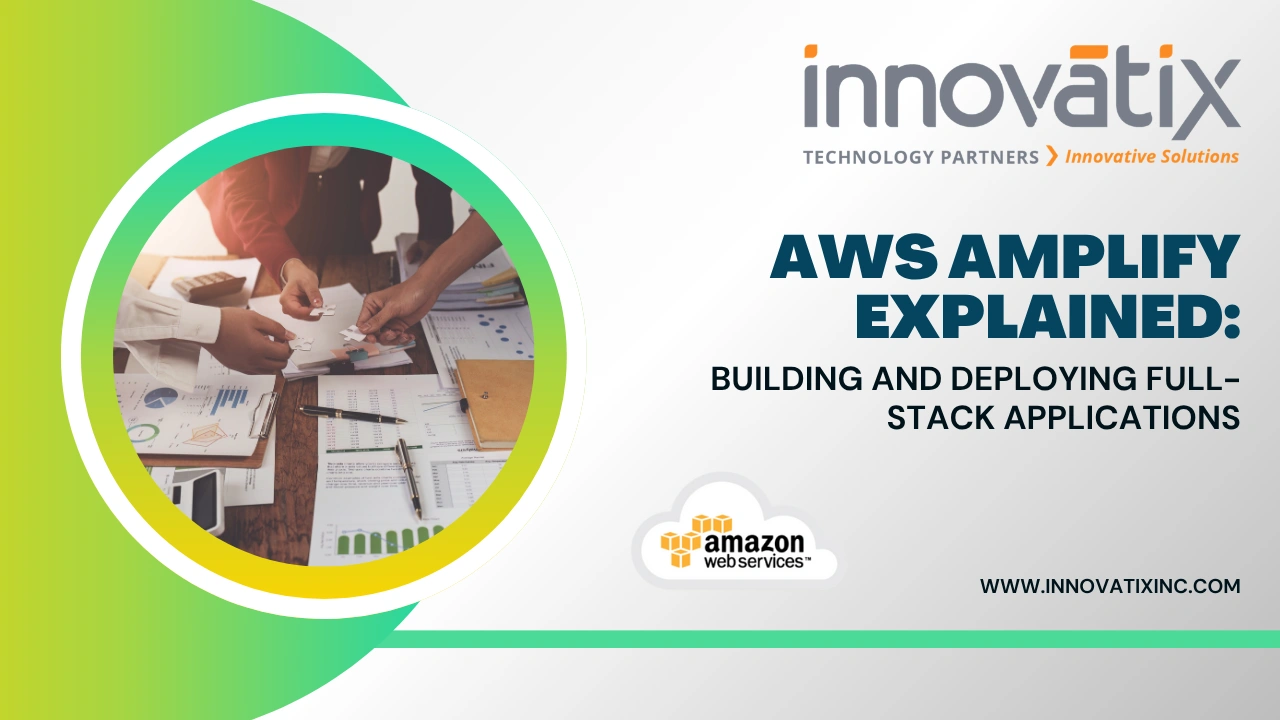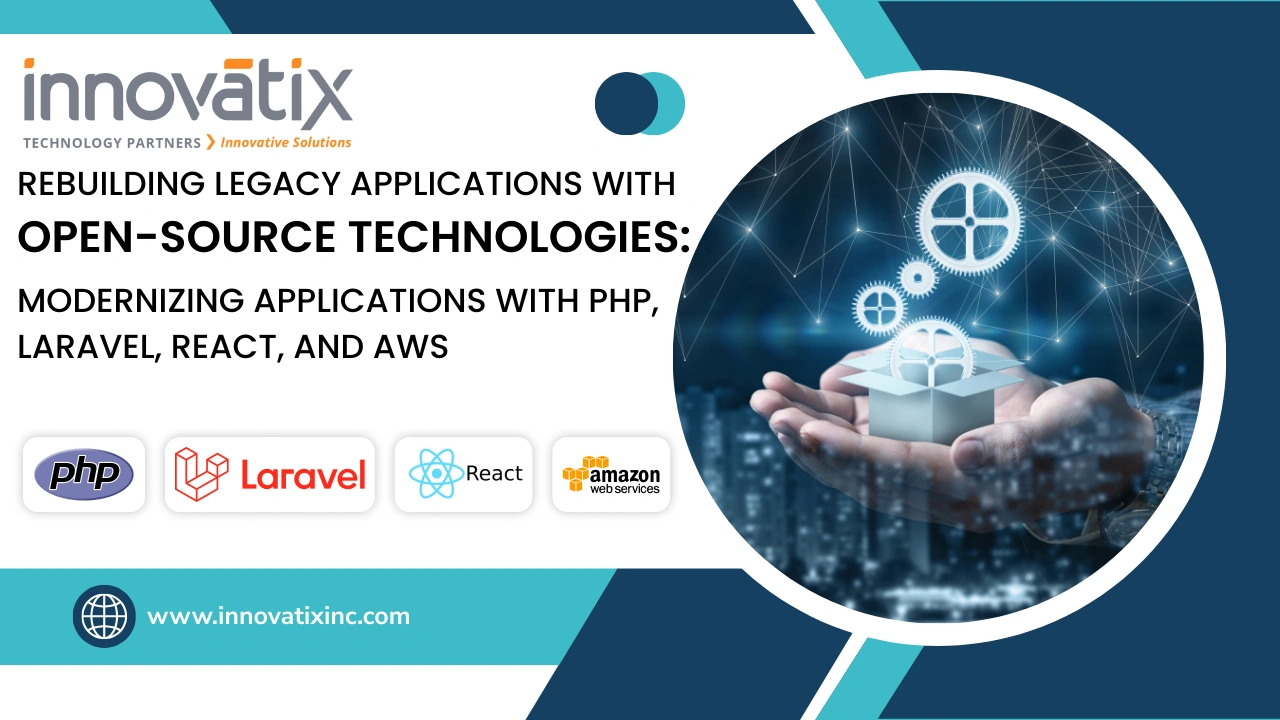
Rebuilding Legacy Applications with Open-Source Technologies: Modernizing Applications with PHP, Laravel, React, and AWS
Businesses are under constant pressure to innovate and adapt to rapidly evolving customer expectations and market demands. However, many companies are held back by legacy


